Success and Luck: Good Fortune and the Myth of Meritocracy
Apr 19, 2016
by Robert H. Frank
 Read enough of these sorts of books and the ideas start to mash together. In fact, they often use some of the same anecdotes and reference each other. Into this general category, “success and luck” I put books like “Drunkard’s Walk,” “The Success Equation,” “Fooled by Randomness,” “Signal and the Noise” and even “Adapt: Why Success Always Starts with Failure.” I keep on coming back to these sorts of books because I like to consider the interplay between effort, randomness and uncertainty in our lives and in the greater scheme of things.
Read enough of these sorts of books and the ideas start to mash together. In fact, they often use some of the same anecdotes and reference each other. Into this general category, “success and luck” I put books like “Drunkard’s Walk,” “The Success Equation,” “Fooled by Randomness,” “Signal and the Noise” and even “Adapt: Why Success Always Starts with Failure.” I keep on coming back to these sorts of books because I like to consider the interplay between effort, randomness and uncertainty in our lives and in the greater scheme of things.
There is no such a thing as destiny. History is contingent and so are our lives – contingent on our environment, on what came before, on our earlier choices and very much on random chance. We have an illusion of control, well illusion of too much control. It seems counter intuitive but we have more control over the things that matter to us if we properly recognize the role of randomness and let things happen. This is not merely “going with the flow.” If you find yourself in a strong current, you cannot successfully fight against it, but you can have a lot more choices if you determine its direction and use it to your advantage. It is the old story of constrained free will that the Stoics used to talk about and about which thinkers like Saint Augustine wrote. But let me finally get to “Success and Luck” book itself.
I started off not liking it. The author seemed kind of preachy and seemed to have the agenda of telling his readers that their accomplishments were mostly the result of luck and so they should be happy to pay more in taxes. It was a variation on the “you didn’t build that” idea that I loathe. But as I got farther along, I saw the book really was more on the order of something like the “Success Equation.” In fact, he specifically refers to that book and quotes some its examples.
He comes up with a reasonable assessment of the interplay between luck and effort in achieving success. All of us, for example, are lucky to be living in 21st Century America. Because of the luck of out birth or immigration status, we have opportunities well beyond those of most people in the world and well beyond even those most fortunate of centuries past. We are almost all of us absolutely better off than most of humanity today and way better off than almost all of humanity in historical terms. But, Mr. Frank says, it is not our absolute positions that concern most of us, but our positions relative to others around us, our reference group. If you are the richest guy in a poor place, you feel fortunate and empowered. If you are the poorest in your gang of millionaires, you feel put upon and deprived. This, he asserts, is hard wired into us by evolution, since your relative standing in your group determined what you got and your reproductive success, very important from a Darwinian perspective. This idea becomes central to his policy prescriptions, which I will get to later.
Frank explains more about the role of luck. He stipulates that most successful people work very hard and are intelligent and talented. But intelligence and talent are necessary but not sufficient to achieve the greatest success. Referring to the “paradox of skill” w/o actually calling it by that specific name, Frank explains that as the general level of expertise becomes very high, luck plays an increasingly important role. Maybe 1000 people COULD do the job. The high level of competence is a threshold requirement, a ticket in. You cannot even begin to compete w/o it, but since all participants have it, the only differences will come from luck. (Taking an example from a different book, “The Success Equation,” no baseball player will ever again achieve Ted Williams’ record. It is not that modern players cannot achieve his level of absolute skill, but rather that the general level of skill has become so high that nobody can stand as far out anymore on skill alone.)
This brings Frank to a talk about the winner takes all society (the title of one of his earlier books.) Small differences get magnified so that the winner may not be very much better than the second place finisher, but he gets the whole prize. This is a big driver of inequality. The winners small edge is enough to get it all and, according to Franks, sometimes, often, this small edge is due to luck. He explains that every outcome depends on a combination of skill and luck. In simulations where subjects are assigned skill levels and then given random luck scores, the most skillful subjects rarely actually win the top place and you can see why. If you have a skill level ten and I have only five and we throw the dice with me getting twelve and you two, I win. Skill indeed increases your odds, but in a situation with significant random chance it is not the determining factor. Beyond that, future outcomes are influenced by past ones. Take our example above. When we started, your skill level was twice mine and your odds better. But after the first roll of the dice, I am now at seventeen (5 skill +s 12 chance) and you start out at only twelve (10 skill + 2 chance). Since the dice have no memory, you may never catch up. And in the real world it might be even more pronounced, since my greater opportunity would let me develop more expertise.
Frank’s prescription to address this problem is higher taxes, specifically a progressive consumption tax. He feels this would have little or no effect on actual work, since it would maintain the relative position of all participants (as above, he thinks relative position is key) but would raise the big bucks needed to improve infrastructure on which all depend. Even the rich would be better off, he says, since they would have better quality public goods (it is no fun to drive a great private car on a dilapidated public road) and since their relative positions would be unchanged, they would have similar incentive to work.
I don’t think his idea is a terrible way to raise revenue. In fact, it has advantages over income taxes. But it is an inelegant solution to the problem of luck and success. The “problem” of randomness, IMO, is best addressed by more randomness, or more correctly a better recognition of random chance in our lives. We spend way too much time and energy trying to be precise about things that cannot be measured with precision, finding exactly the best job candidate or student applicant. It is likely that there is no “best” candidate, since future conditions will differ from past ones in significant but unpredictable ways. Enter randomness. Determine a pool of qualified candidates and then do a lottery. This would have the advantage of partially negating the effects of autocorrelation, making the system much simpler and countering the myth that you have to pay so much more for just the exactly right talent.
I recommend “Luck and Success.” I predict that mostly conservative readers will dislike the book at first, but come to appreciate it farther along, while mostly liberal readers will think he starts off right and then come off the tracks later. I suppose that shows it is mostly balanced. I would say, however, that better books on almost the same topic are “The Success Equation,” or “the Drunkard’s Walk.”

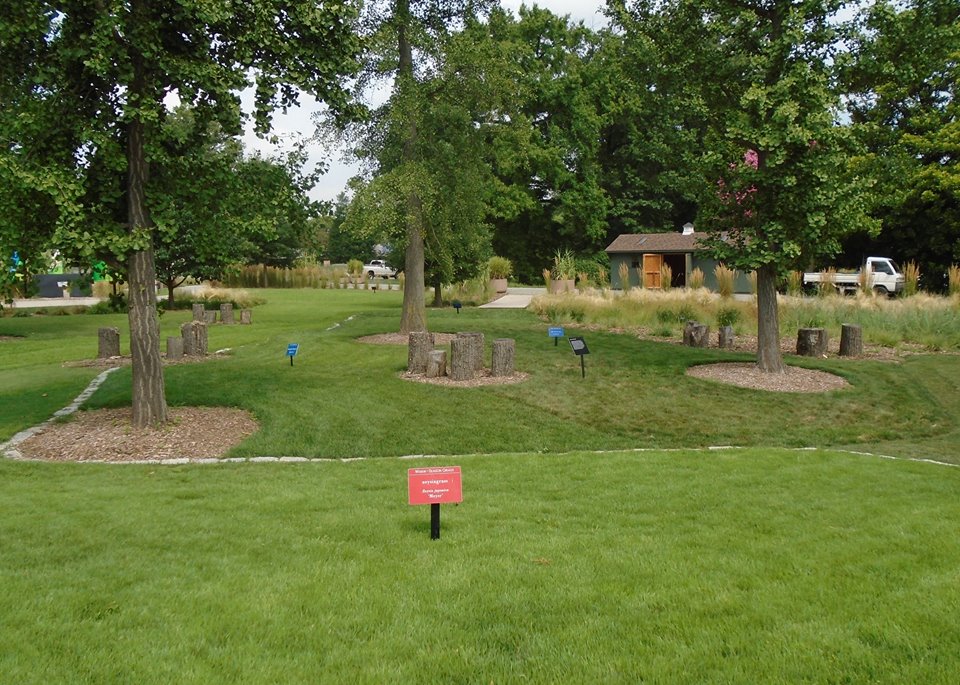

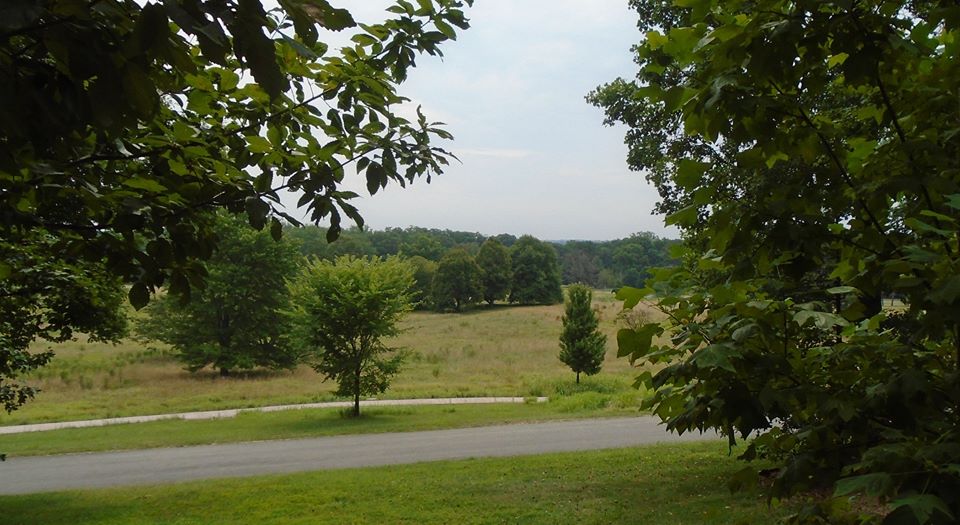

 I got Nova’s “Fire Wars” video as part of my study of fire science. It is a great complement to the many books and magazine article. To actually see the flames and the firefighters at work, and hearing them speak adds greatly to understanding. If a picture is worth a thousand words, the video and explanation is worth even more. Seeing an example of the fire-ball that comes from a fire blow-up is much more impressive than reading about it. The video also includes computer graphics that shows in detail how the winds and topography interact. I read the classic “Young Men and Fire” about the fire in Mann Gulch that killed thirteen smoke jumpers in 1949, but could not picture and really understand the event until I saw the actual topography and the graphics that showed the fire’s progress.
I got Nova’s “Fire Wars” video as part of my study of fire science. It is a great complement to the many books and magazine article. To actually see the flames and the firefighters at work, and hearing them speak adds greatly to understanding. If a picture is worth a thousand words, the video and explanation is worth even more. Seeing an example of the fire-ball that comes from a fire blow-up is much more impressive than reading about it. The video also includes computer graphics that shows in detail how the winds and topography interact. I read the classic “Young Men and Fire” about the fire in Mann Gulch that killed thirteen smoke jumpers in 1949, but could not picture and really understand the event until I saw the actual topography and the graphics that showed the fire’s progress.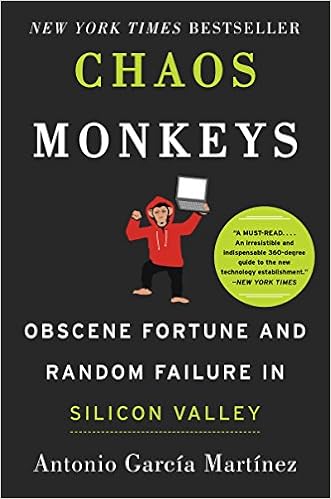 Chaos Monkeys: Obscene Fortune and Random Failure in Silicon Valley
Chaos Monkeys: Obscene Fortune and Random Failure in Silicon Valley
 “Investing in Nature” was published in 2005, i.e. more than ten years ago. It is useful to remember that, since some of the ideas in it are now more mainstream than they were back then and we need to appreciate it in its time. Books like “
“Investing in Nature” was published in 2005, i.e. more than ten years ago. It is useful to remember that, since some of the ideas in it are now more mainstream than they were back then and we need to appreciate it in its time. Books like “ Read enough of these sorts of books and the ideas start to mash together. In fact, they often use some of the same anecdotes and reference each other. Into this general category, “success and luck” I put books like “Drunkard’s Walk,” “The Success Equation,” “Fooled by Randomness,” “Signal and the Noise” and even “Adapt: Why Success Always Starts with Failure.” I keep on coming back to these sorts of books because I like to consider the interplay between effort, randomness and uncertainty in our lives and in the greater scheme of things.
Read enough of these sorts of books and the ideas start to mash together. In fact, they often use some of the same anecdotes and reference each other. Into this general category, “success and luck” I put books like “Drunkard’s Walk,” “The Success Equation,” “Fooled by Randomness,” “Signal and the Noise” and even “Adapt: Why Success Always Starts with Failure.” I keep on coming back to these sorts of books because I like to consider the interplay between effort, randomness and uncertainty in our lives and in the greater scheme of things.
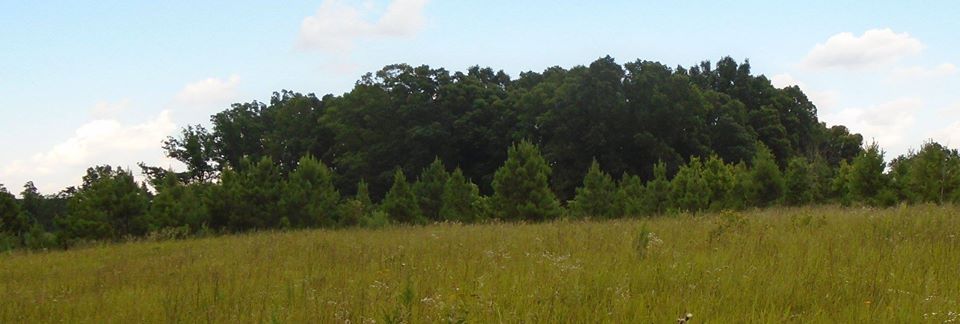
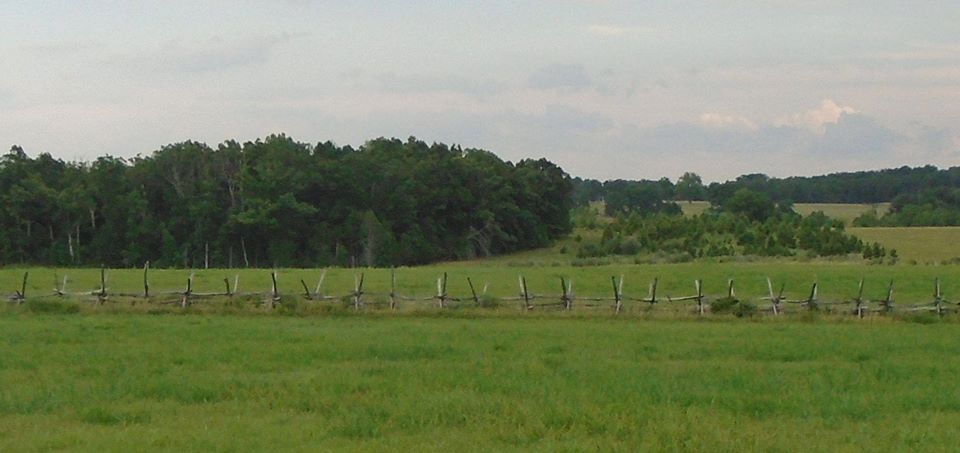
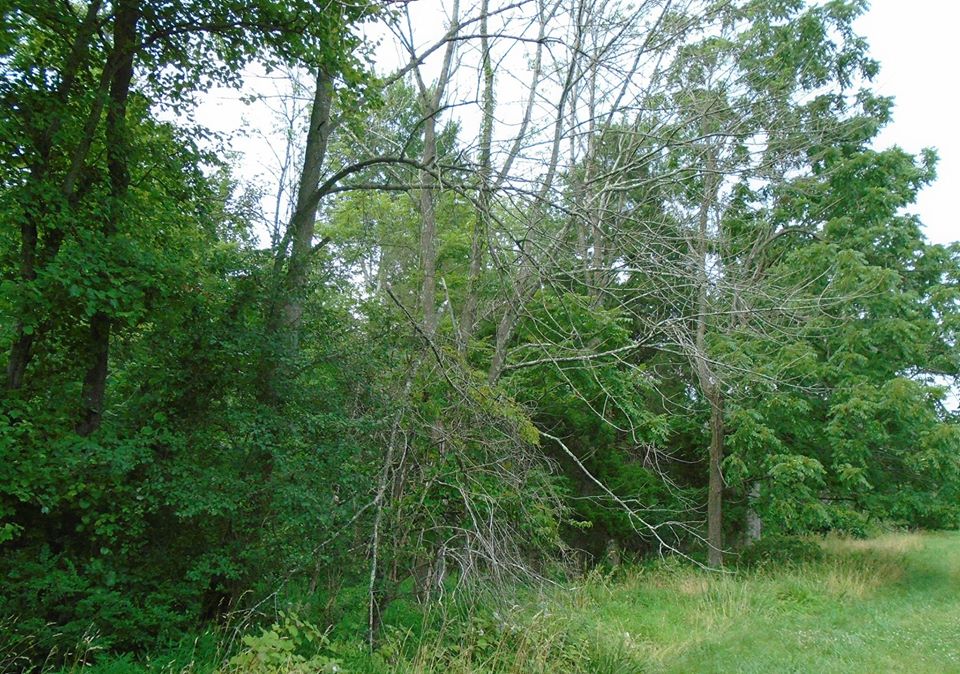
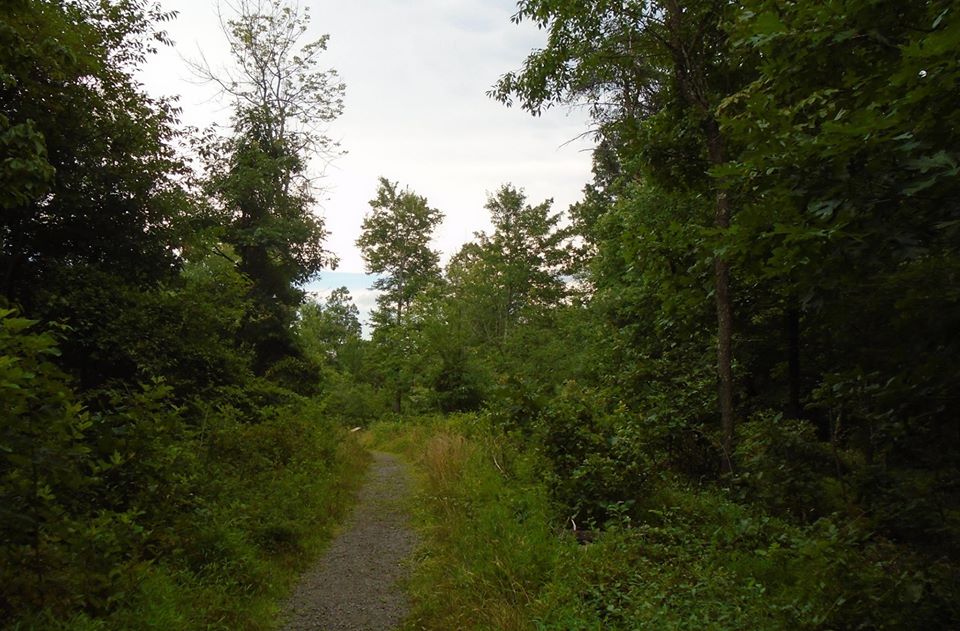

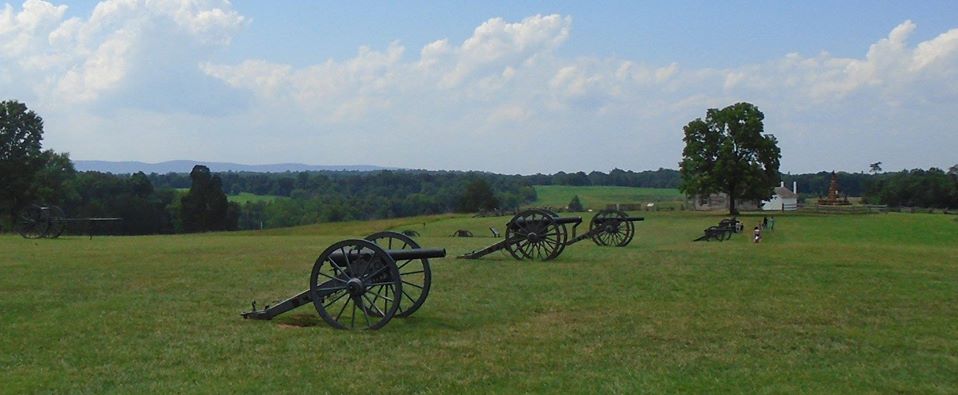
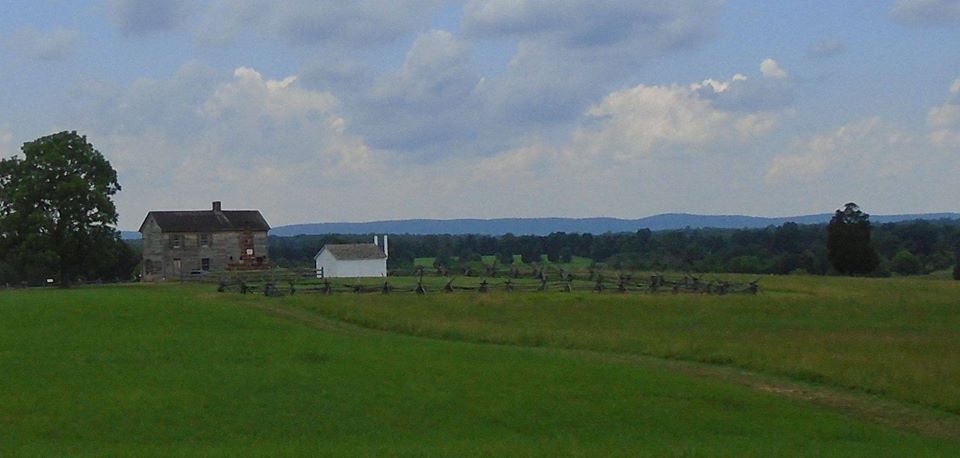
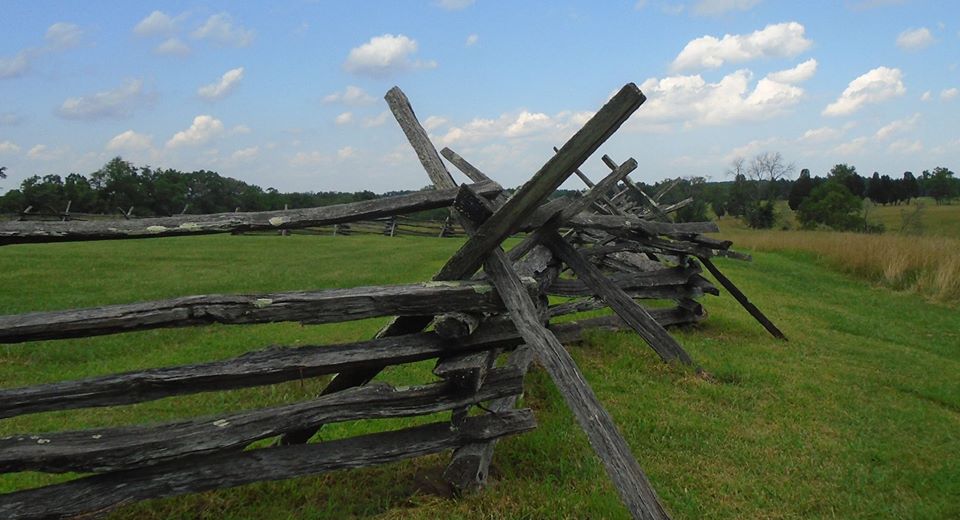
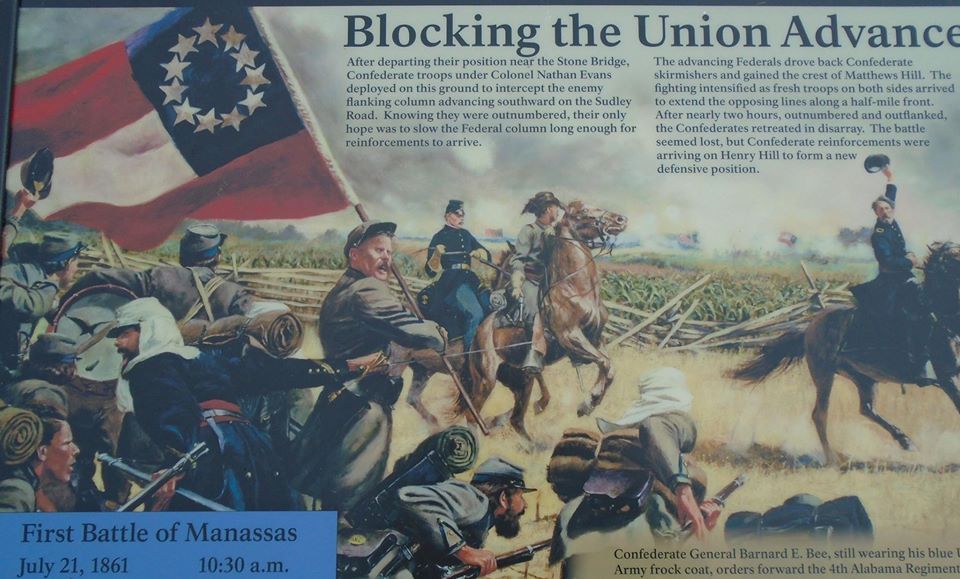

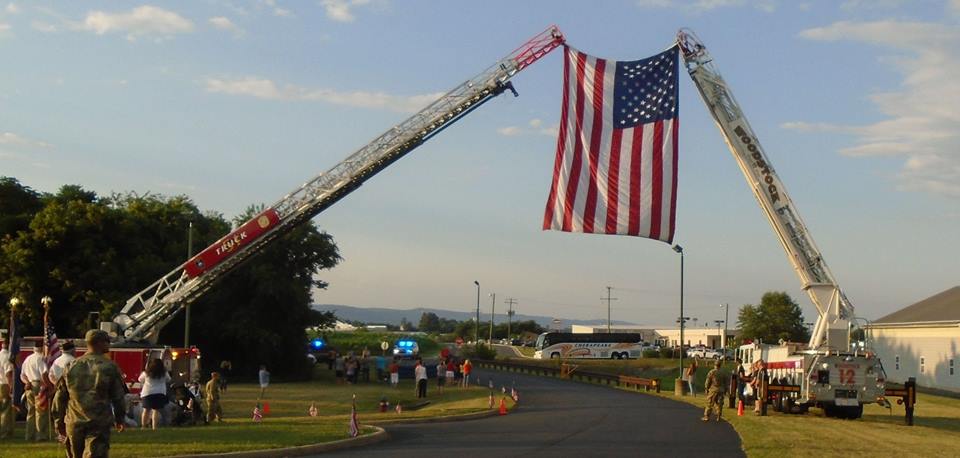

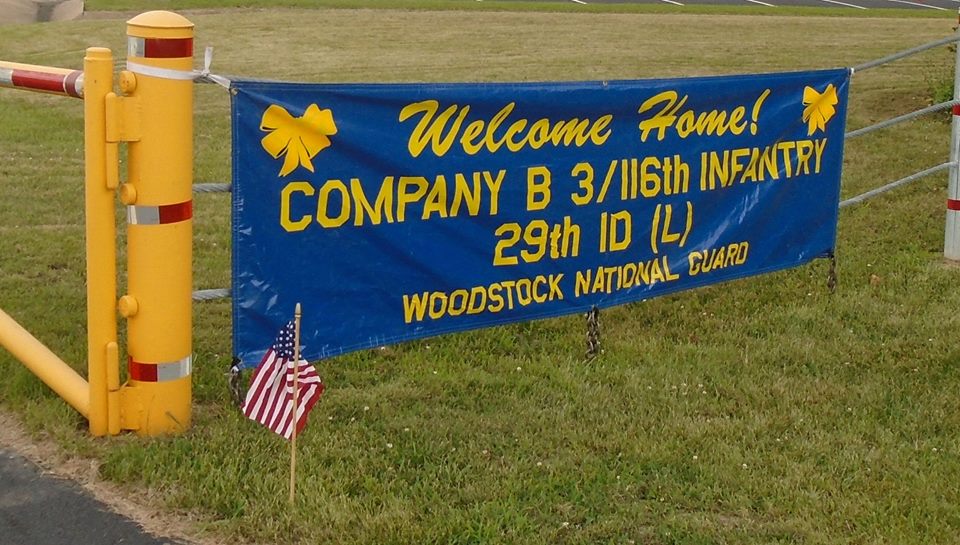
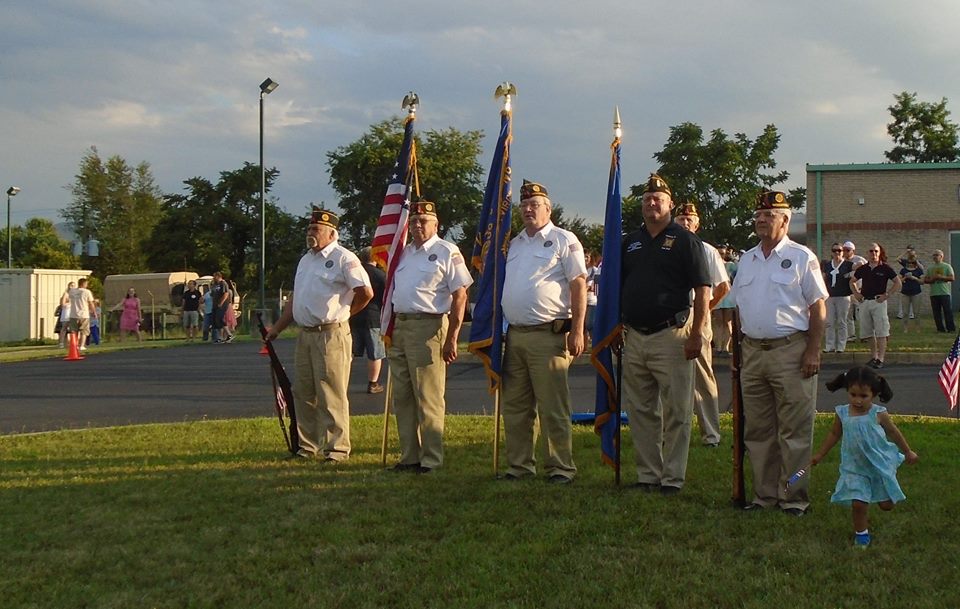
 Markets everywhere, July 17, 2016
Markets everywhere, July 17, 2016